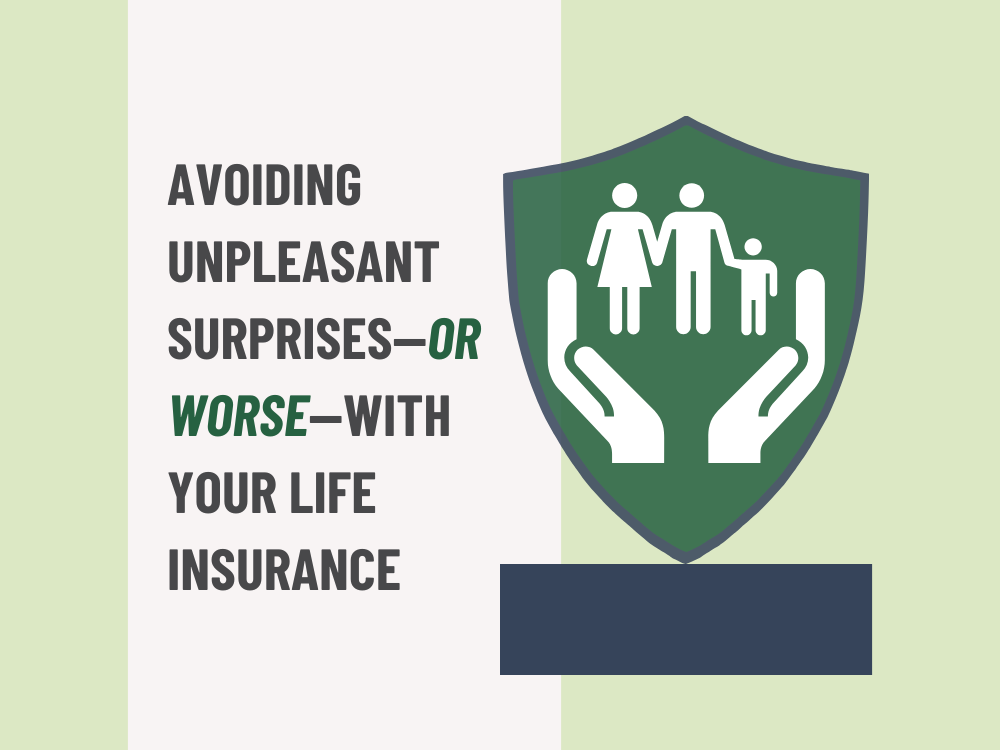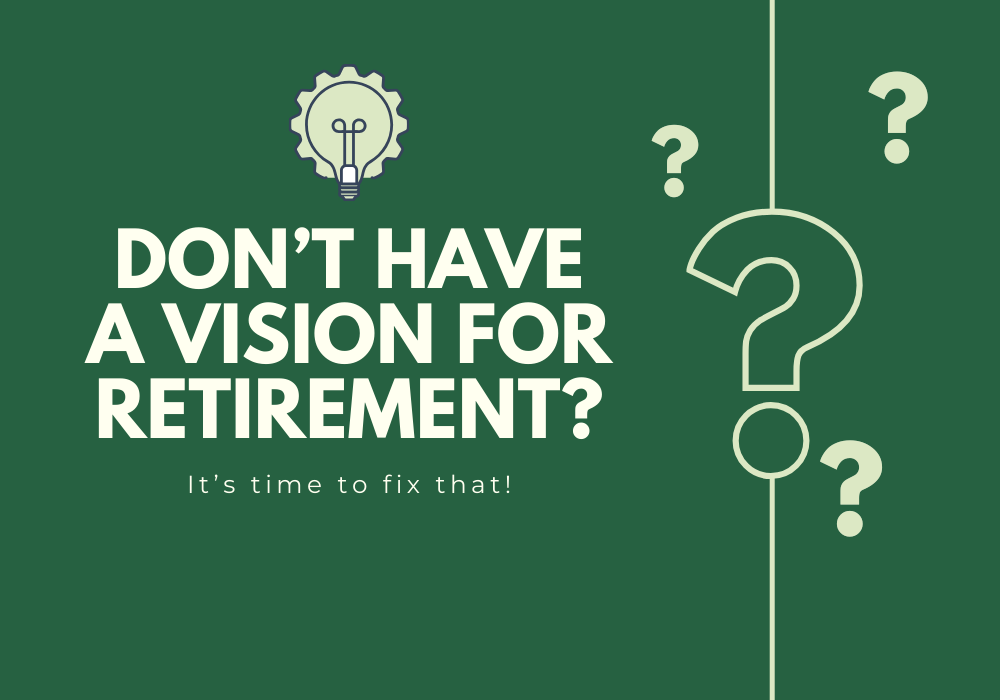Avoiding Unpleasant Surprises—or Worse—with Your Life Insurance

Life insurance can potentially play an important, even prominent, role in your wealth planning
efforts. But you’ve got to be careful when using life insurance. Because of the somewhat esoteric
and obscure nature of some types of life insurance, it’s possible to buy the “wrong” life insurance
policy for your needs—or implement life insurance-based wealth planning strategies that are too
aggressive (perhaps even illegal, in the worst-case scenario).
The upshot: You might consider having a trusted advisor assess and evaluate your life insurance
policies and insurance-based solutions—ones you have currently as well as any you might be
considering. A review today could possibly help you sidestep problems down the line.
What to Watch Out For
There are a number of signs that should give you and your wealth managers pause when it comes to using strategies incorporating life insurance. These red flags indicate the need for significant due diligence on the part of your advisors.
A few examples of potential red flags:
- Does the strategy have clear economic benefit? Every legitimate wealth planning strategy must have a substantial and material nontax business or insurance purpose. Clearly, any attempt at tax evasion in any shape or form is unacceptable.
- Is signing a nondisclosure agreement required? Some…shall we say…less scrupulous wealth planners and life insurance agents may not permit prospective clients to submit the wealth planning strategies they’re proposing to outside review by other professionals. If you’re asked to sign one of these agreements in order to be “privileged” to learn about a strategy, it’s a sure red flag.
- Is signing a hold harmless agreement required? This type of agreement says that the provider of the strategy is not legally responsible for what happens to you because of the strategy. Any formal agreement that limits the liability of the provider of a wealth planning strategy is a cause for serious concern.
- Does the professional proposing the strategy consistently avoid explaining it, instead advocating the need to just trust them? All legitimate wealth planning strategies are transparent.
Let’s be clear here: In our experience, the vast majority of professionals do not take actions that create red flags. Still, such professionals do exist, and you need to watch out for them. Wealth planners and life insurance specialists should employ legal strategies and should push back against those strategies that are over the line. Any wealth planning strategy that may potentially compromise you in some way should be avoided at all costs.
Getting caught using an over-the-line insurance-based wealth planning strategy can result in penalties for the policyholder—including fines, interest, paying back taxes and (in some cases) the loss of significant assets. For professional advisors, getting caught also entails penalties—in some cases, the loss of their professional licenses. They may also be sued by their clients for malpractice.
While it’s unlikely that the consequences of getting caught will deter every single professional out there from stepping over the line, those who do act in overly aggressive or illegal ways out of greed are putting themselves in a position where their actions will come back to haunt them. It is up to your professionals, through their understanding of the legal consequences and their ethical grounding, to draw the line and not cross it.
Putting a Solution to the Test
When it comes to life insurance, a process called stress testing can be a powerful way to help you determine whether what you have implemented or what you are considering is likely to generate the results you’re looking for.
Essentially, stress testing challenges the wealth planning and life insurance solutions you have implemented or are considering, in order to assess the likelihood of their working as expected in different scenarios. If you are concerned about the viability of a solution—or even if you are not completely sure—a stress test can potentially be valuable.
There is a decidedly systematic way to go about stress testing.
- Profiling. The process starts with smart questions. What are your specific goals and
objectives? What are you seeking to attain? What problems are you looking to solve?
What opportunities are you seeking to benefit from? Answers to these and similar
questions should be the driving force behind the life insurance and legal solutions you
employ. - Evaluation. Once your goals, objectives, concerns and limitations are clearly understood,
the strategies and policies you are using or considering can be examined. This is where
you “work the assumptions” to determine the probability that the strategies and solutions
will accomplish your goals and objectives. Costs are also evaluated at this step. - Alternative solutions. Based on the evaluation of the existing or proposed strategies and
products, alternative solutions might be considered. It can be very useful to conduct
analytic side-by-side comparisons between the solutions you are currently using or that
are being proposed and the alternatives. - Recommendations. At the conclusion of stress testing come the recommendations. If the
life insurance solutions and wealth planning are on target, the recommendation may be to
stick with the plan. Perhaps a little tweaking may be in order, but that’s it. On the other
hand, if the stress test finds a “system failure,” the recommendation is to quickly take a
different course of action.
There are variations on this basic process, with some wealth planners incorporating complex
algorithms and structured analytic techniques into their methodology. That said, stress tests
generally have the “look and feel” described above.
So don’t let confusion or doubts about life insurance-based financial strategies linger. Know what
you have or what you’re considering by really “looking under the hood” to make sure you’re clear.
This report is intended to be used for educational purposes only and does not constitute a solicitation to purchase any security or advisory services. Past performance is no guarantee of future results. An investment in any security involves significant risks and any investment may lose value. Refer to all risk disclosures related to each security product carefully before investing.
Securities offered through CMH Wealth Management. Craig Hausz is a registered representative of CMH Wealth Management. Craig Hausz and CMH Wealth Management are not affiliated with AES Nation, LLC.


